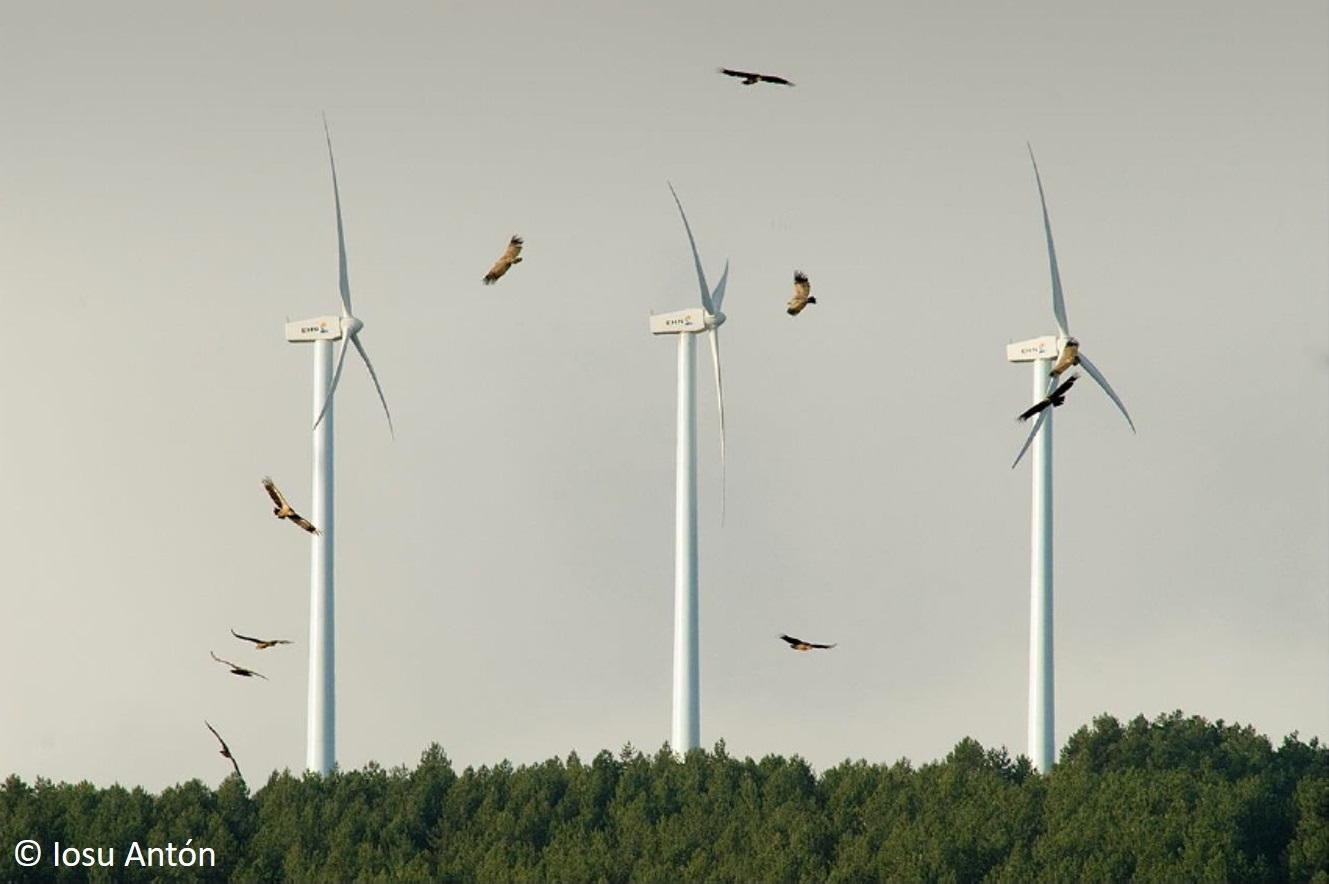Spanish researchers warn in a letter that the new projects for renewable enery plants in Spain will affect hundreds of thousands of hectares and that there is no way to offset the huge quantity of valuable habitats that could be lost. Reducing greenhouse gas emissions is a global priority. To meet this goal, the Spanish government is planning 89 GW of wind and solar photovoltaic energy in the draft of the National Integrated Energy and Climate Plan (PNIEC) for 2021–2030. Despite the Spanish government's efforts to prevent a speculative bubble in the secondary market, there are already grid access permits for projects representing 121 GW that will be added to the 36 GW of renewables already installed, almost doubling the goals of the PNIEC. The letter states that a more cautious approach should be adopted to prevent a scenario in which energy goals are met at the expense of biodiversity. Many renewables projects are planned in low-cost marginal soils of high ecological value, such as extensive cereal farmlands and wild mountain ranges harboring steppe birds and raptors that have in Spain their largest European or world populations. Photovoltaic energy needs huge amounts of land and will mostly affect declining species of steppe birds, which are poorly represented in the Spanish Natura 2000 network. Globally threatened large scavengers and other unique and scarce soaring birds are already paying a heavy toll due to the approximately 20,000 existing turbines, with demographic consequences for some threatened populations. Bat-killing figures are even higher, with a minimum of 200,000 deaths per year according to estimated mortality rates. Studies forecasting mortality have shown scarce predictive power, and when mortality hotspots are detected, conflictive turbines are virtually never stopped to reduce bat and bird casualties as recommended. As a large-scale approach, the best way to reduce impacts is by choosing adequate locations. However, updated field information necessary to achieve this goal is often not available, and projects are authorized in areas with under-protected species because their status within regional and state listings is frequently outdated. Studies designed to predict and monitor the incidence of renewable infrastructures are funded by energy companies, often with little supervision by governments, which precludes independence. The problem is exacerbated by the fragmentation of large projects, the absence of an in-depth assessment of cumulative and synergistic environmental impacts, and decentralized administrative authority divided among the central state, regions, and municipalities. The letter concludes that renewables are most welcome, but urges Spanish authorities to correct the metioned deficiencies and implement rigorous comprehensive planning based on the most updated ecological knowledge. Finally, scientists call for a stronger commitment to more distributed and energy-saving policies that would reduce direct environmental impacts on biodiversity, such as energy efficiency, self-consumption, and improved energy performance in buildings. informacion[at]ebd.csic.es: Serrano et al (2020) Renewables in Spain threaten biodiversity. Science 370(6522): 1282-1283. DOI 10.1126/science.abf650
https://science.sciencemag.org/content/370/6522/1282
Bienvenidos
Bienvenidos al sitio web de la Estación Biológica de Doñana., Instituto perteneciente al Consejo Superior de Investigaciones Científicas....

La Estación Biológica de Doñana: EBD-CSIC
La Estación Biológica de Doñana es un Instituto Público de Investigación perteneciente al Consejo Superior de Investigaciones Científicas, CSIC, dentro del área de Recursos Naturales...

Misión
Nuestra misión es llevar a cabo una investigación multidisciplinar al más alto nivel y dirigida a la comprensión desde el punto de vista evolutivo de cómo se genera la biodiversidad...

Cómo lo hacemos
Aplicamos múltiples técnicas dentro de un contexto multidisciplinar, desde la genética molecular al seguimiento remoto, la creación de modelos y el análisis isotópico...

Seguimiento de procesos naturales y biodiversidad
Los seguimientos de fauna en el Espacio Natural Doñana abarcan un amplio abanico de comunidades y especies, tanto en lo referente a grupos de organismos acuáticos como terrestres...

Objetivos
Entre nuestros objetivos se incluyen el estudio de los procesos ecológicos y evolutivos mediante la combinación de trabajo de campo, modelos matemáticos, análisis genéticos y estadísticos...
 Destacados
Destacados
Spanish scientists warn: Urgent need for planning of renewable energies to safeguard biodiversity
 Noticias
Noticias
 ¡Abierta convocatoria para proyectos de investigación en la ICTS- Doñana!
¡Abierta convocatoria para proyectos de investigación en la ICTS- Doñana!
 Las altas temperaturas están provocando que las lagunas y las marismas de Doñana pierdan agua rápidamente
Las altas temperaturas están provocando que las lagunas y las marismas de Doñana pierdan agua rápidamente
 El ruido del tráfico es perjudicial para el desarrollo de las crías de aves
El ruido del tráfico es perjudicial para el desarrollo de las crías de aves
 El comercio ilegal de especies, un problema para la biodiversidad y riesgo para la salud
El comercio ilegal de especies, un problema para la biodiversidad y riesgo para la salud
 La urbanización y la pérdida de vegetación están cambiando características clave de comunidades de escarabajos y arañas
La urbanización y la pérdida de vegetación están cambiando características clave de comunidades de escarabajos y arañas
- Laboratorio de Ecología Molecular
- Laboratorio SIG y Teledetección (LAST)
- Laboratorio de Ecología Química
- Laboratorio de Ecología Acuática
- Laboratorio de Ecofisiología
- Laboratorio de Isótopos Estables
- Unidad de Experimentación Animal
- Visita virtual
- Unidad de Seguimiento
- Laboratorio de Camaras climaticas





